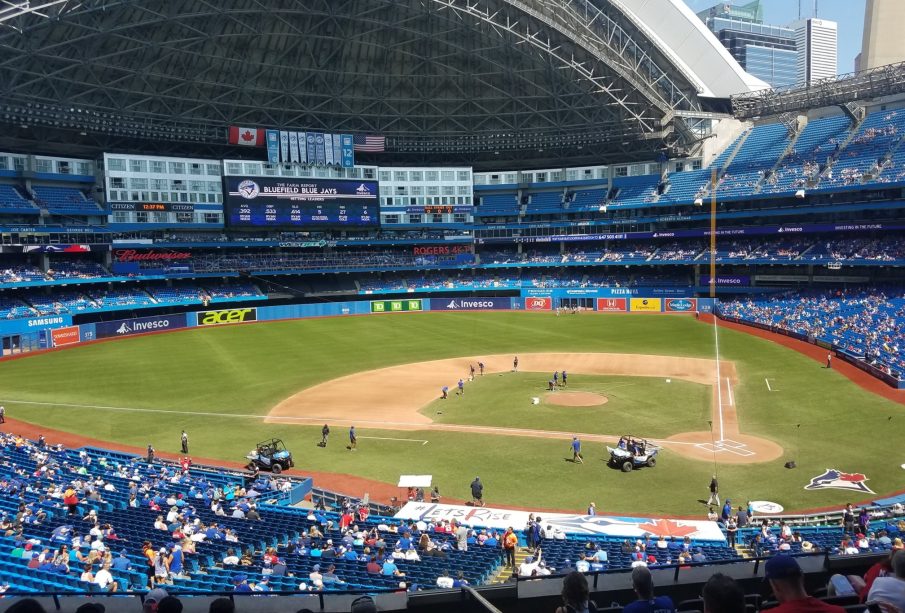Rogers Centre: The Heart of Toronto’s Sports and Entertainment

Introduction
Rogers Centre, located in downtown Toronto, is one of Canada’s premier sports and entertainment venues. Opened in 1989 as the SkyDome, it was the first stadium in the world to feature a fully retractable roof, setting a new standard for modern stadium design. The importance of Rogers Centre extends beyond its architectural innovations; it serves as a home to the Toronto Blue Jays, the city’s Major League Baseball team, and hosts numerous events ranging from concerts to conventions. As Toronto continues to grow as a cultural hub, the role of Rogers Centre remains pivotal in providing a space for diverse events and fostering community engagement.
Recent Events and Developments
In recent months, Rogers Centre has been a hub of activity. The rich history of the venue has been renewed with extensive renovations that began in late 2021 and are expected to continue through 2024. The upgrades include enhancements to seating areas, the addition of luxury suites, and improvements to fan facilities to enhance the game-day experience.
In the summer of 2023, the Blue Jays saw a resurgence, making headlines with their playoff contention. This performance brought increased attendance, showcasing the stadium’s role in supporting local sports and energizing the community.
Moreover, Rogers Centre is not just limited to sports. Major artists such as Taylor Swift and Ed Sheeran have performed there, drawing fans from across Canada and beyond. These concerts attract thousands of visitors, highlighting the venue’s dual nature as a sports and entertainment arena.
Community Engagement and Future Outlook
The Rogers Centre continues to engage with the community through various initiatives, including youth sports programs and public events designed to bring fans closer to their favorite teams and artists. As Toronto prepares for a busy event season, the stadium’s ability to host large-scale gatherings is more important than ever.
Looking ahead, the ongoing renovations and the success of local sports teams may lead to exciting opportunities for Rogers Centre. As it adapts to changing audience demands and incorporates state-of-the-art technology, Rogers Centre is likely to further cement its status as a cornerstone of Toronto’s vibrant culture. This evolution not only enhances the fan experience but also reinforces Toronto’s position as a leading city for sports and entertainment in Canada.
Conclusion
In conclusion, Rogers Centre’s significance extends far beyond sporting events; it embodies the spirit of Toronto itself. As renovations continue and events unfold, the Rogers Centre promises to remain a vital part of the city’s identity, offering unforgettable experiences and hosting countless gatherings for years to come.








